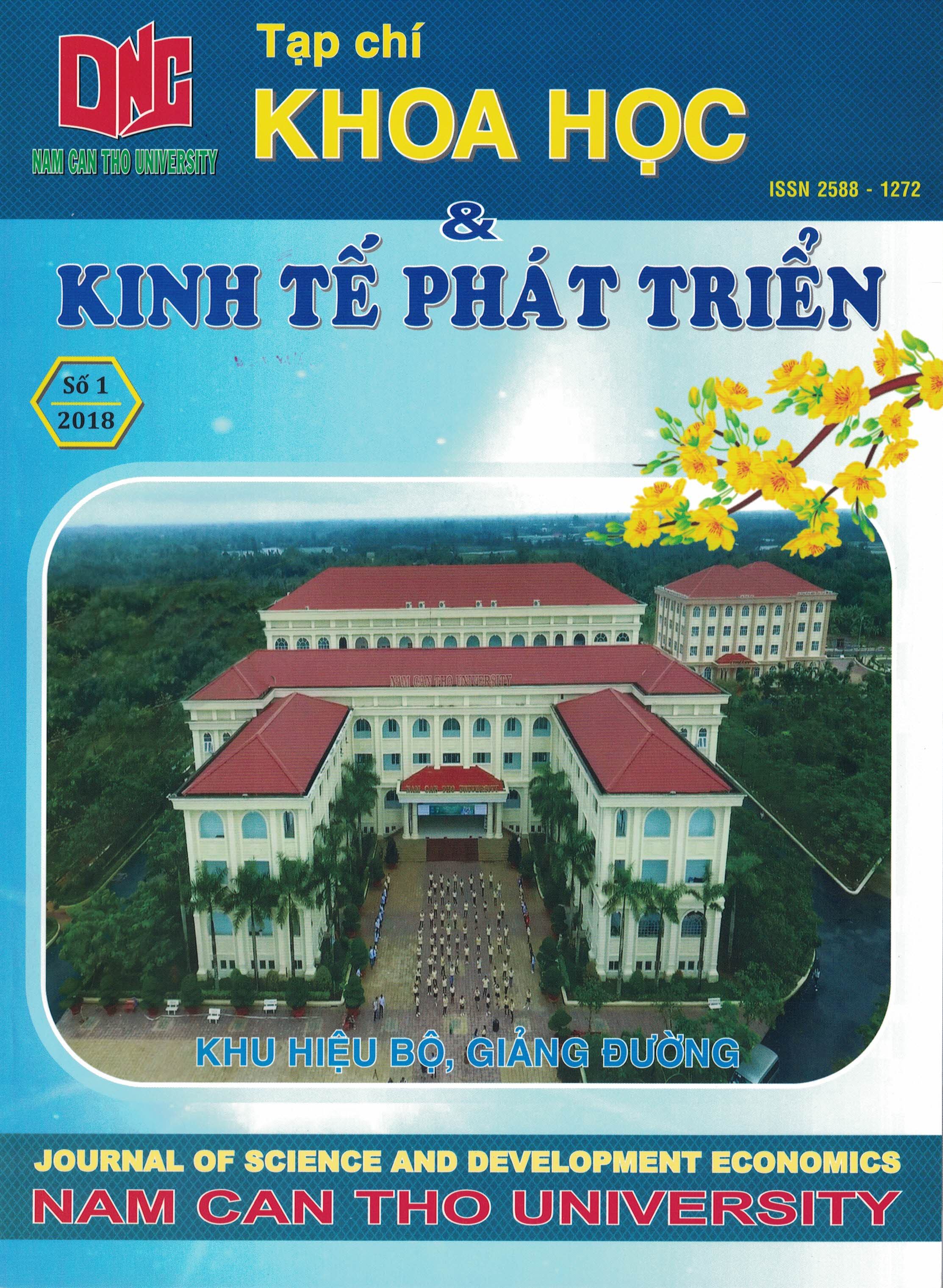Sử dụng gạch xây dựng không nung giúp giảm ô nhiễm môi trường
Keywords:
: Baked clay bricks, Unbaked bricks, Unbaked bricks produced from Gement- aggregates, Unbaked bricks produced from autoclaved aerated concrete (AAC), Unbaked bricks produced from cellular lightweight concrete (CLC)Abstract
Baked clay bricks in construction have been used extensively and for thousands of years, however, they are increasingly responsible for environmental pollution and soil loss. In fact, according to a survey by the Ministry of Construction, although in the world unbaked bricks have been used widely, in Vietnam, with 25 billion bricks per year, only 10% are unbumt bricks leaving 90% of the bricks used are still traditional baked bricks. The inevitable consequence is the environmental pollution for a long time. Mr Le Van Toi, Director of Construction Materials Department (Ministry of Construction), said: "If the demand for 42 million bricks is reached by 2020 with baked clay bricks, It will consume 57-60 million cubic meters of clay. It covers 2,800-3,000 hectares of agricultural land. With these figures, we have consumed nearly 6 million tons of coal and emitted nearly 17 million tons of carbon dioxide, causing a serious greenhouse effect." Governments have taken drastic measures, issued circulars, decided to gradually limit the use of baked bricks and replaced with environmentally friendly unbaked bricks and encouraged production and useing unbaked bricks, especially unbaked bricks which produced by the utilization of coal ash from the thermal power plant.





